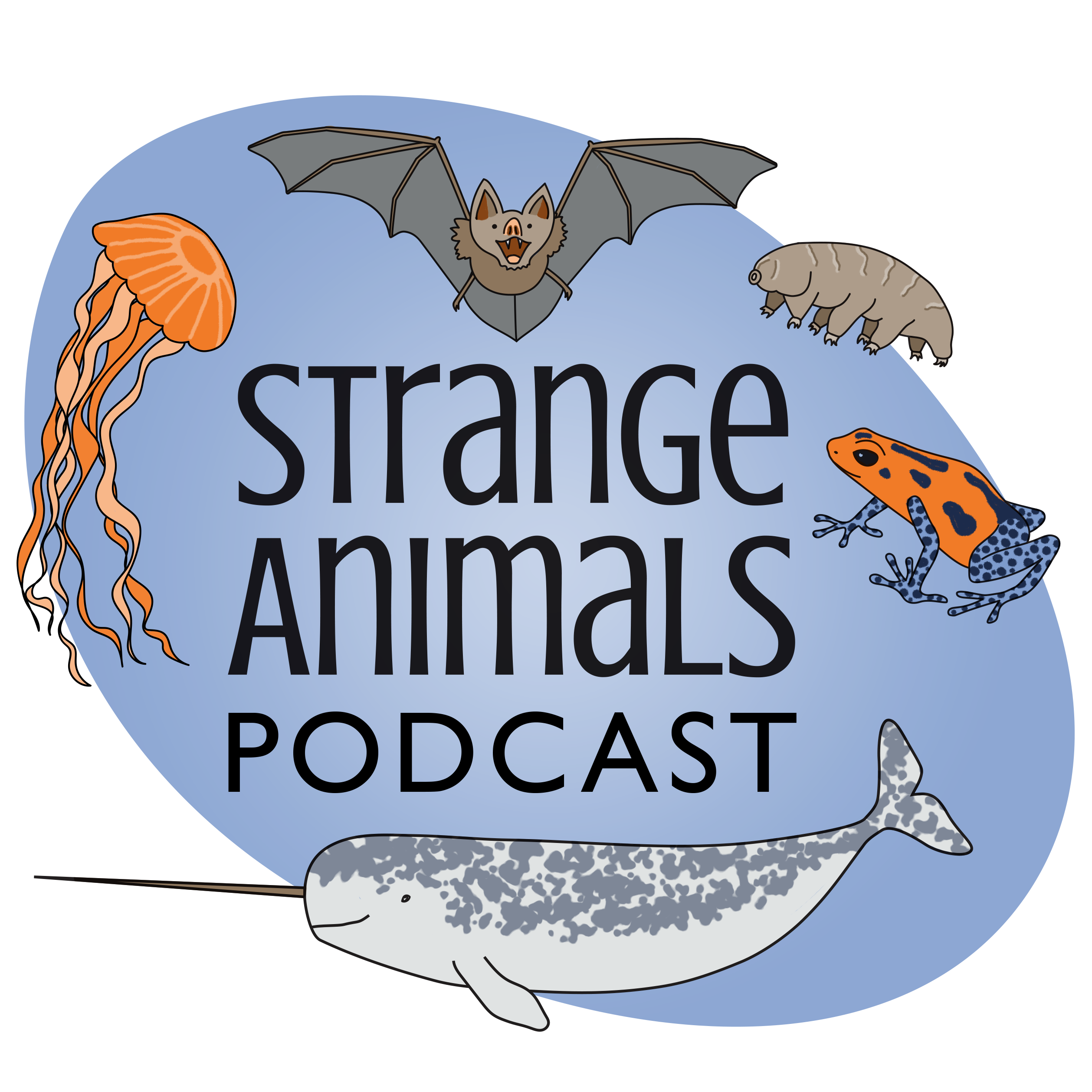Episode 210: The Mysterious Lightbulb Lizard

Does the Shreve's lightbulb lizard really emit light? (Hint: sort of.) Let's find out!\n\nFurther reading:\n\nThe Lightbulb Lizard of Benjamin Shreve\n\nShreve's lightbulb lizard, looking pretty ordinary really:\n\n \n\nA web-footed gecko in moonlight:\n\n\n\nA Jamaican gray anole showing off his dewlap:\n\n\n\nShow Transcript:\n\nWelcome to Strange Animals Podcast. I\u2019m your host, Kate Shaw.\n\nThis week let\u2019s learn about an interesting reptile with a mystery that\u2019s mostly solved, but still really weird. It\u2019s called Shreve\u2019s lightbulb lizard.\n\nThe story of this little lizard starts in 1937, when zoologist Ivan Sanderson was collecting freshwater crabs on a mountaintop in Trinidad. They were probably mountain crabs, also called the manicou crab, which is actually a pretty astonishing animal on its own. It\u2019s a freshwater crab that doesn\u2019t need to migrate to the ocean to release its eggs into the water. Instead, the female carries her eggs in a pouch in her abdomen. The eggs hatch into miniature crabs instead of larvae, and they stay in her pouch until they\u2019re old enough to strike out on their own.\n\nThe mountains of Trinidad are made of limestone, which means they\u2019re full of caves, and Sanderson was reportedly catching crabs in an underground pool or stream. He noticed a flash of light in the darkness and naturally went to find what had made it. All he found was a little lizard hiding under a ledge. It looked kind of like a brown skink and was pretty boring, but when the lizard turned its head, Sanderson saw a flash of dotted light down both its sides. When he caught the lizard and examined it while it was sitting in his hand, it flashed its lights again.\n\nSanderson knew he\u2019d found something extraordinary, because lizards don\u2019t bioluminesce. We still don\u2019t know of any terrestrial vertebrate that emits light. Lots and lots of marine animals do, and some terrestrial invertebrates like lightning bugs and glow-worms, but no terrestrial vertebrates.\n\nSanderson took the lizard back to his camp, where he and his team observed it in different situations to see if it would light up again. They moved it to warmer areas and colder ones, made loud noises nearby, even tickled it, and they did indeed see it light up a few times. The light came from a row of tiny eyespots along its sides, from its neck to its hips. It had one row of these spots on each side, and each spot looked like a tiny white bead. The greenish-yellow flashes of light seemed to shine through the spots, as Sanderson said, like \u201cthe portals on a ship.\u201d\n\nSanderson sent the lizard to The British Museum in London where another zoologist studied it and discovered that it was actually a known species, but apparently very rare. Only two specimens had ever been caught, one a juvenile and one an adult female. The lizard Sanderson caught was male, and it turns out that only adult males have these little eyespots. Sanderson later caught seven more of the lizards.\n\nLet\u2019s jump forward a bit and get a better idea of what these lizards look like. Shreve\u2019s lightbulb lizard grows around 5 inches long at most, or 13 cm, not counting its long tail. It has short legs, a pointy nose, and broad, flat scales on its back and sides. It\u2019s mostly brown in color. It lives in high elevations in the Caribbean island of Trinidad and Tobago, which is just off the coast of Venezuela in South America. It prefers cool climates, unlike most reptiles, and while it turns out that it\u2019s not actually very rare, it\u2019s also hard to study because it lives in such remote areas, so we don\u2019t know much about it. It may be nocturnal and it may be semi-aquatic. It certainly lives along mountain streams, where it eats insects and other small animals.\n\nNow, we have mentioned Ivan Sanderson a number of times in past episodes, and you may remember me sounding pretty skeptical about some of his cryptozoological claims. But Sanderson was a zoologist with a good reputation as a field scientist,